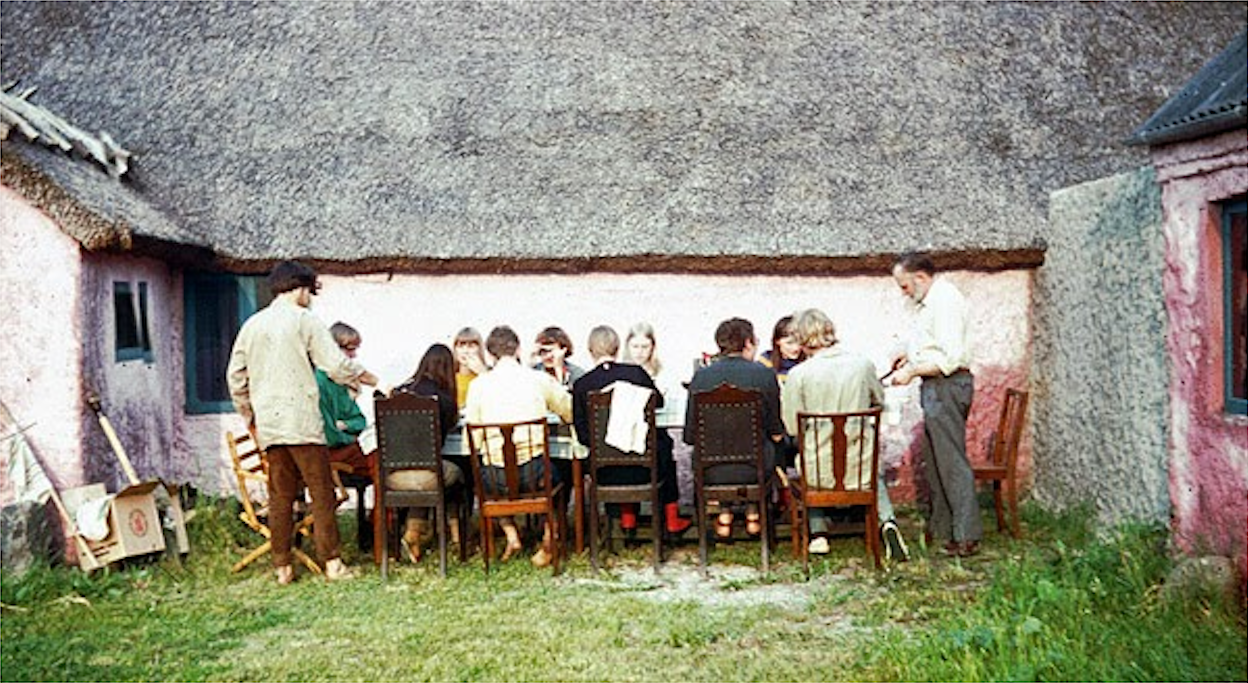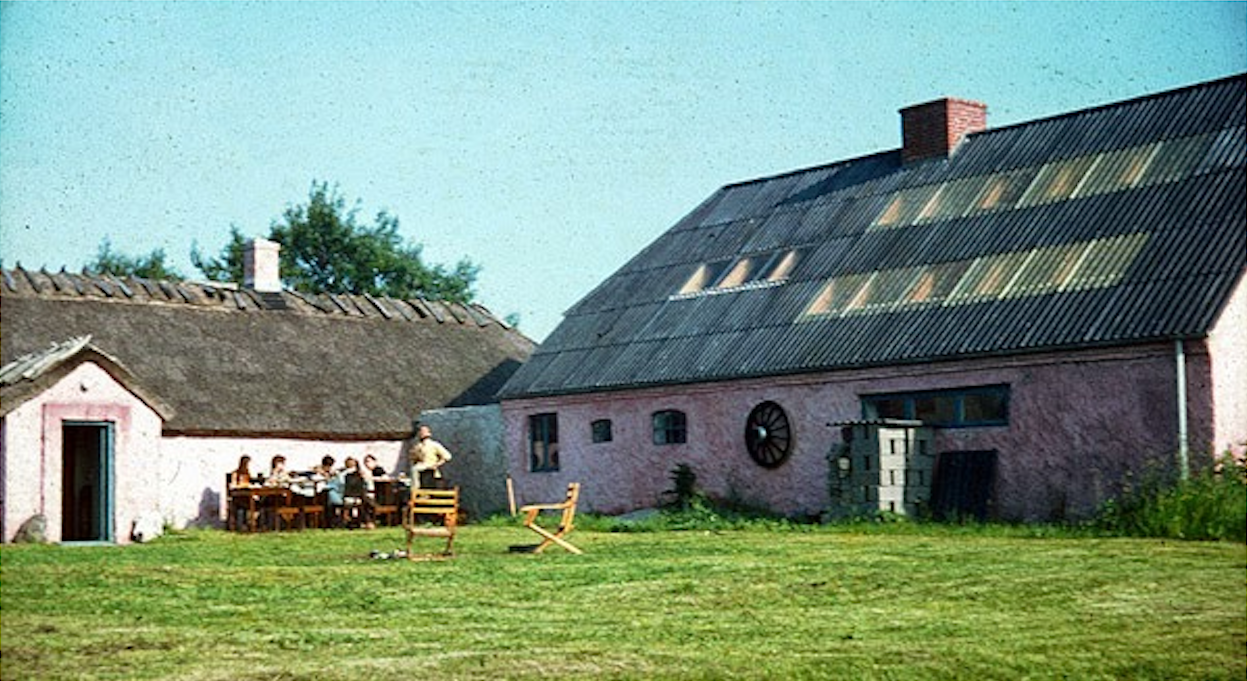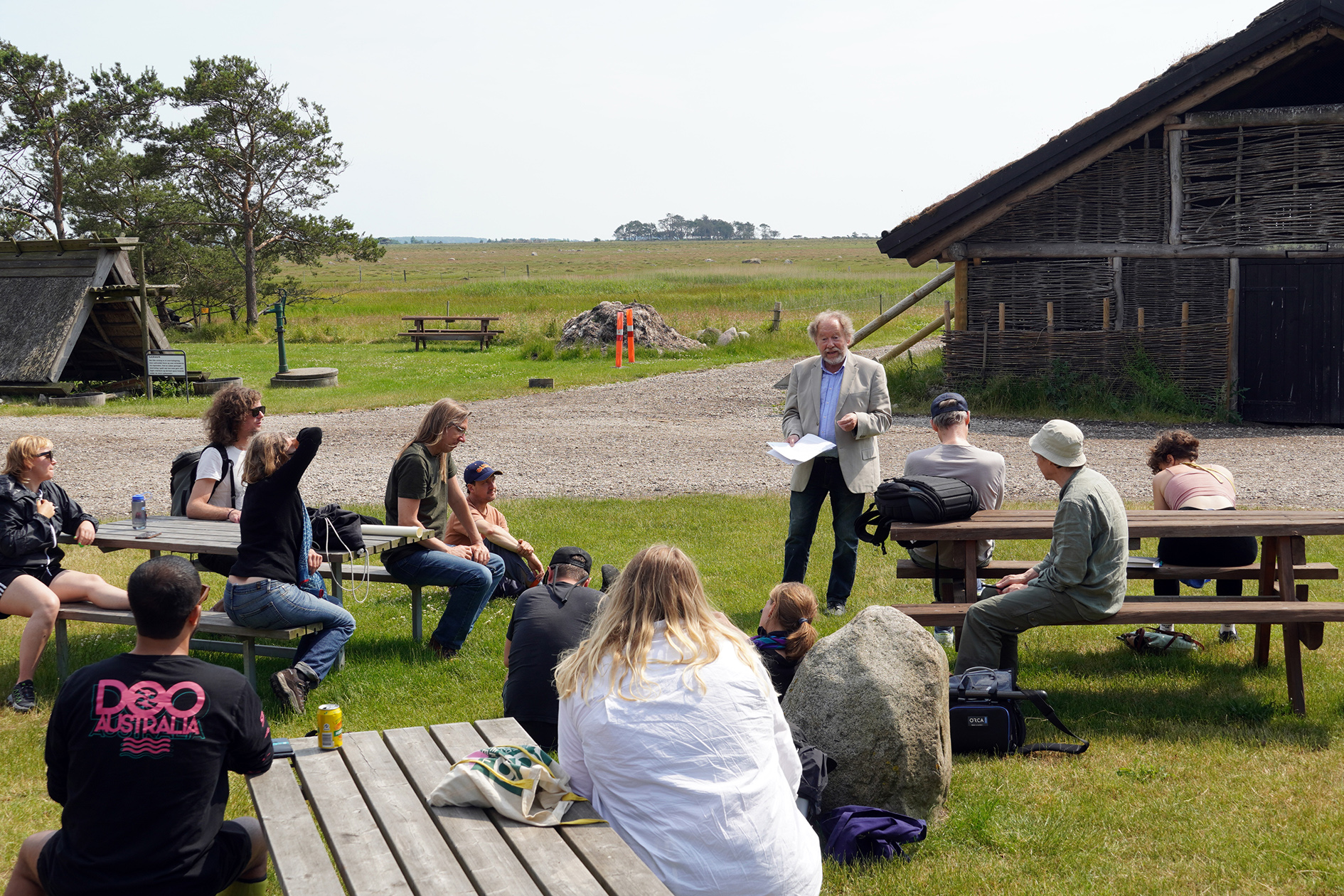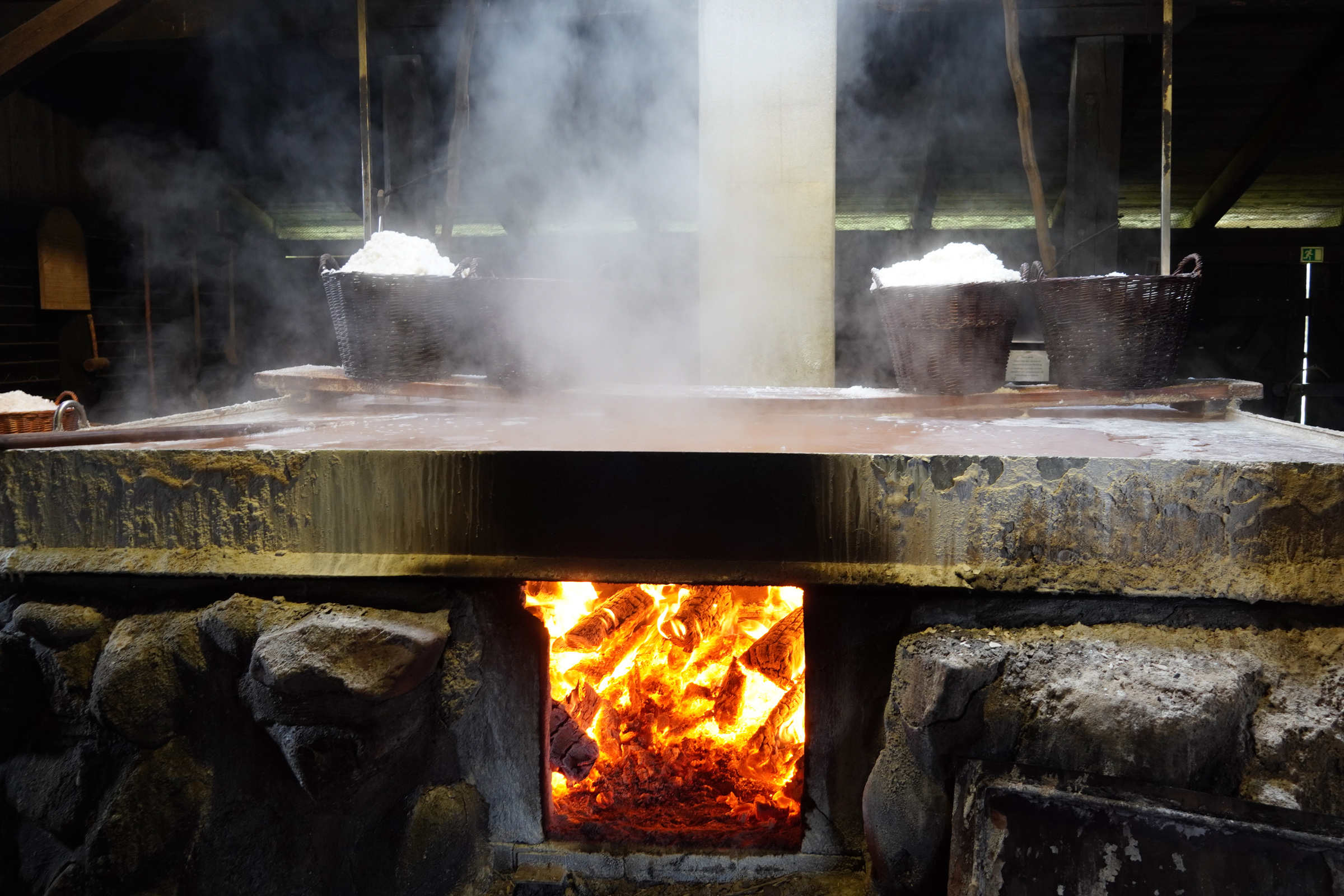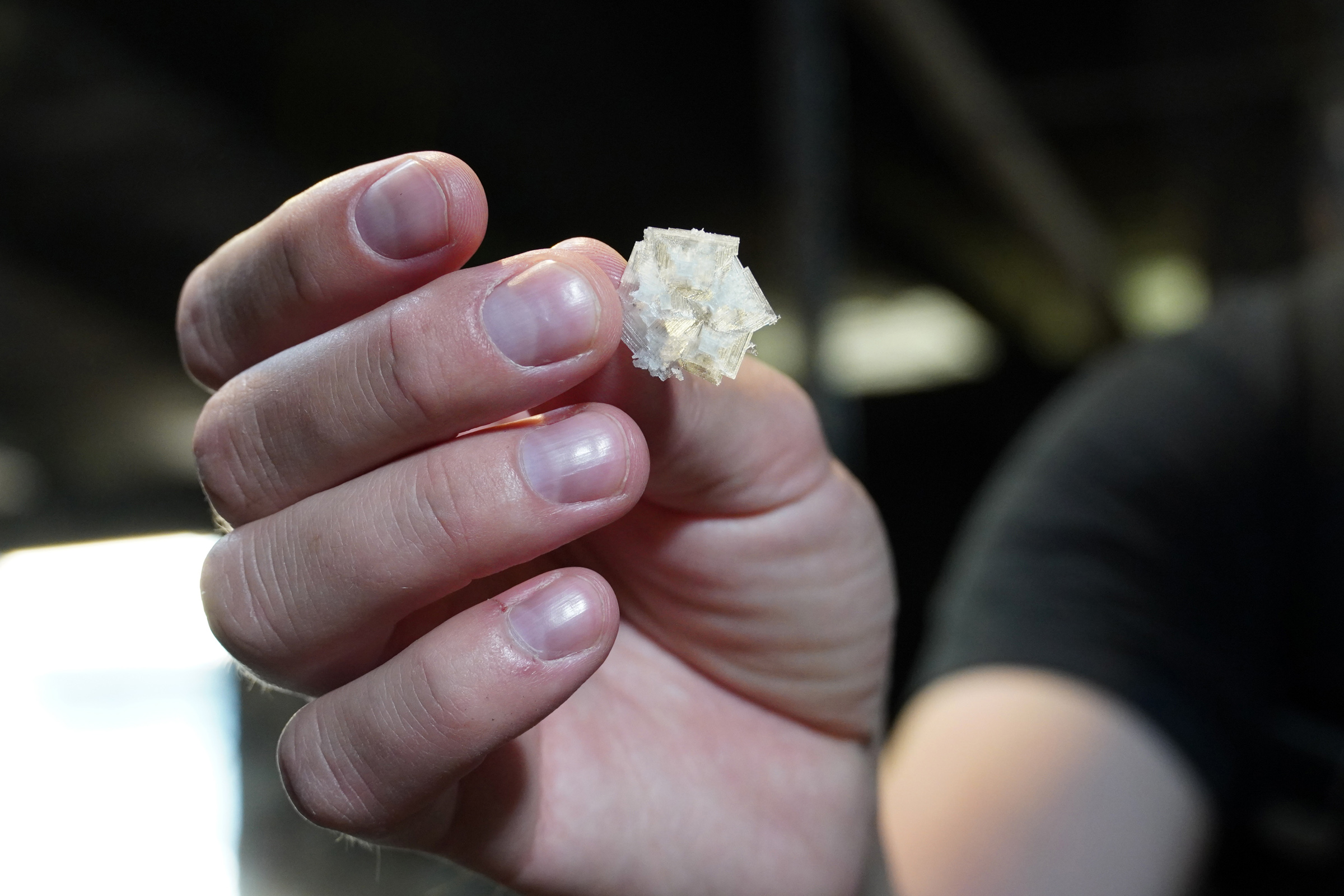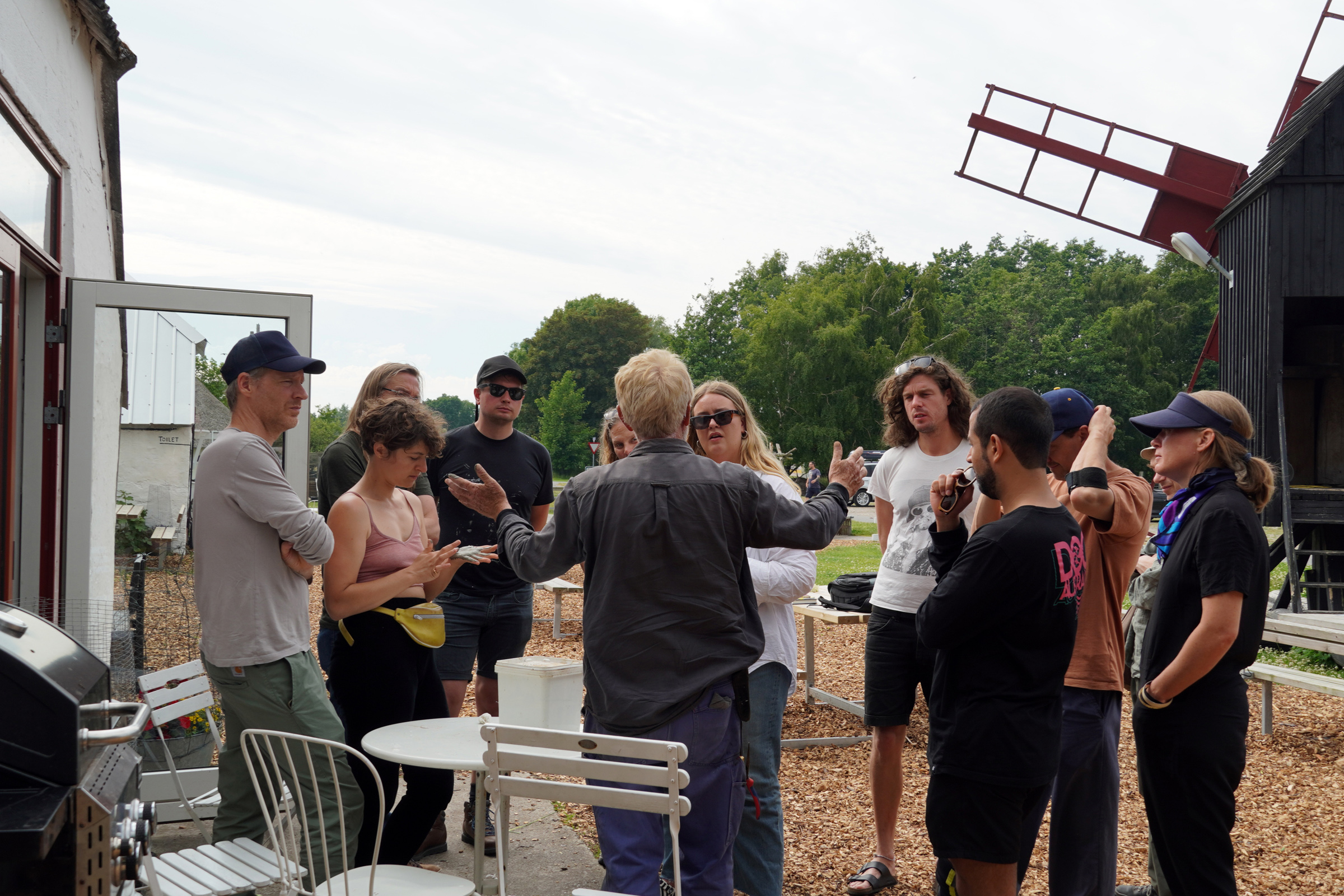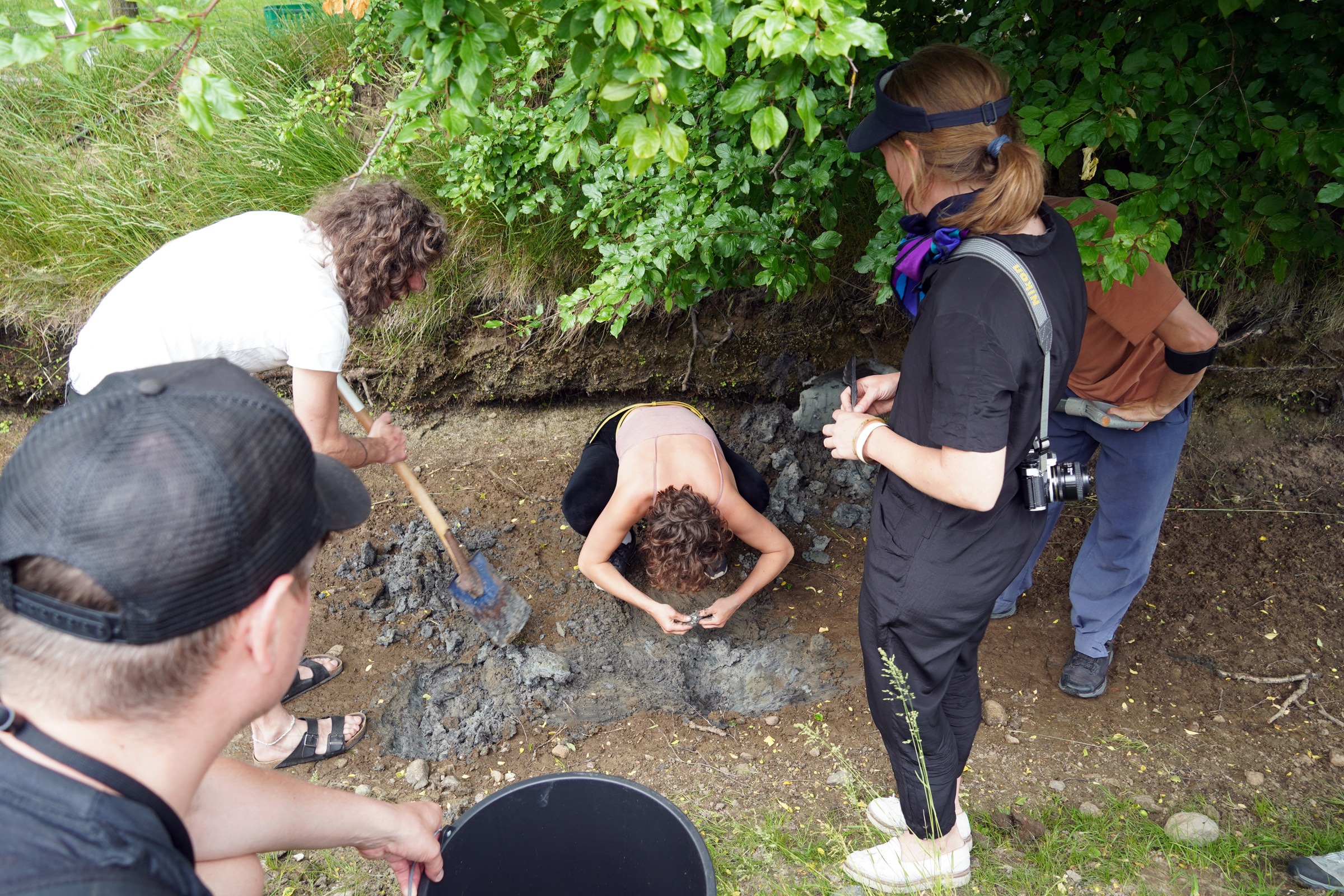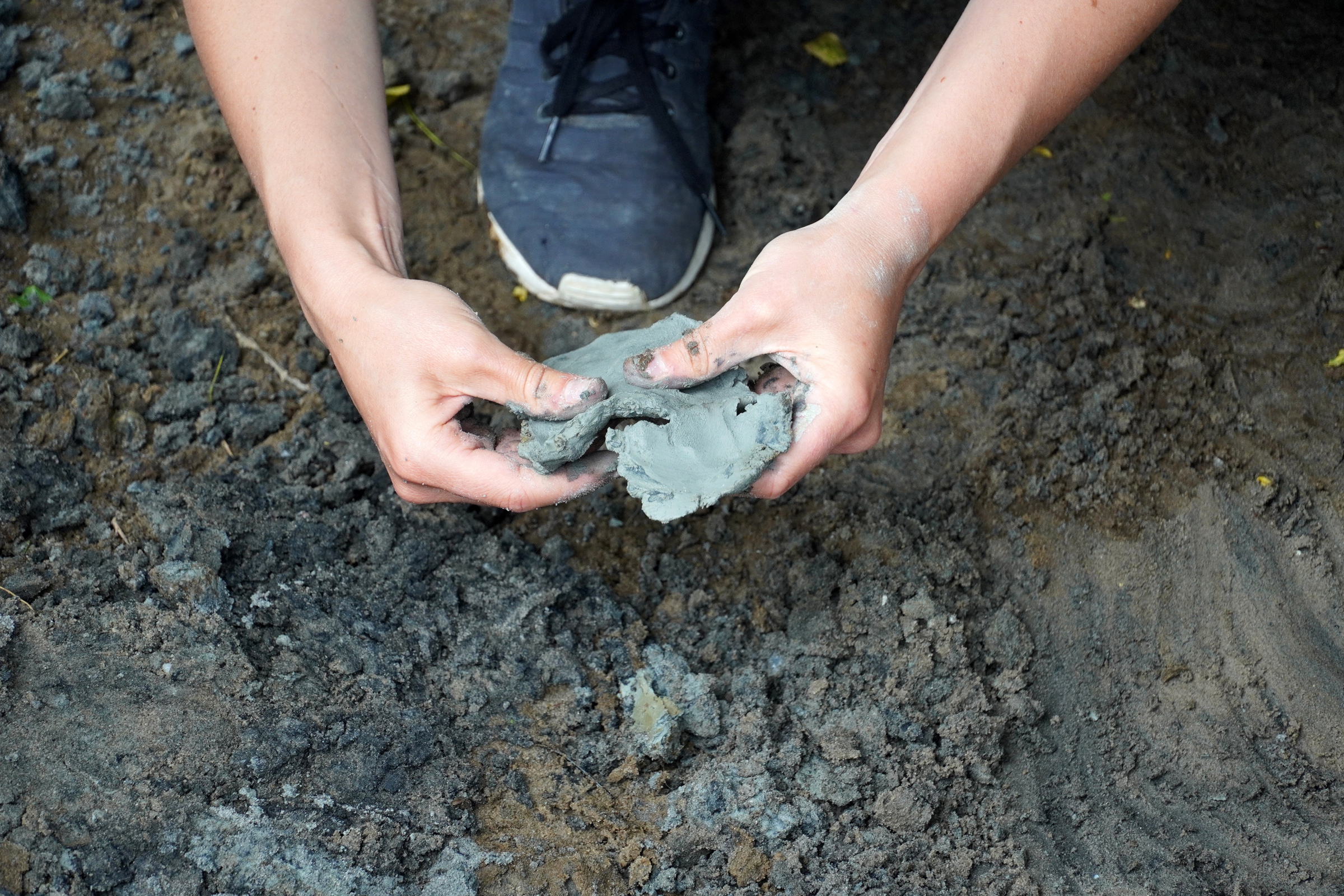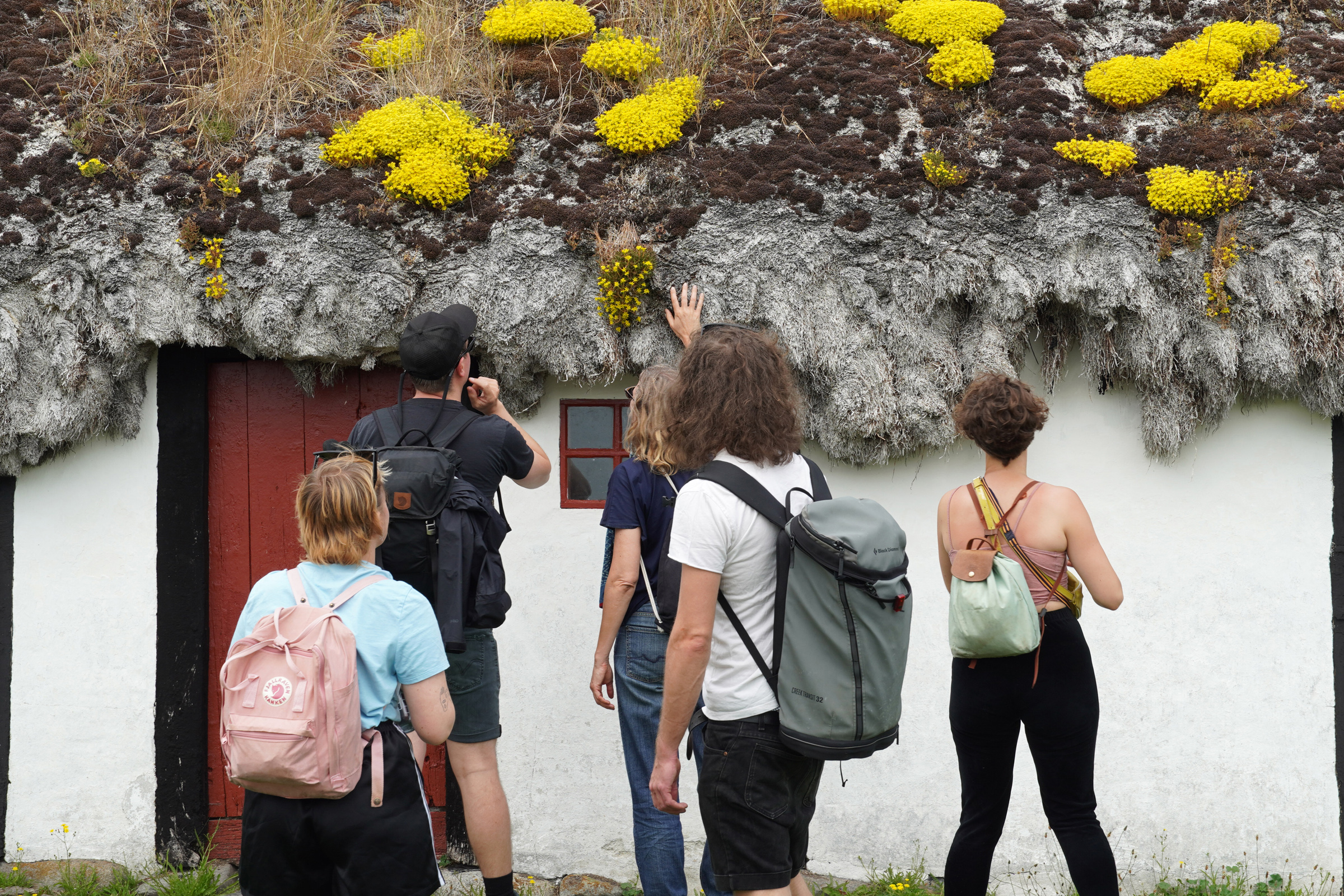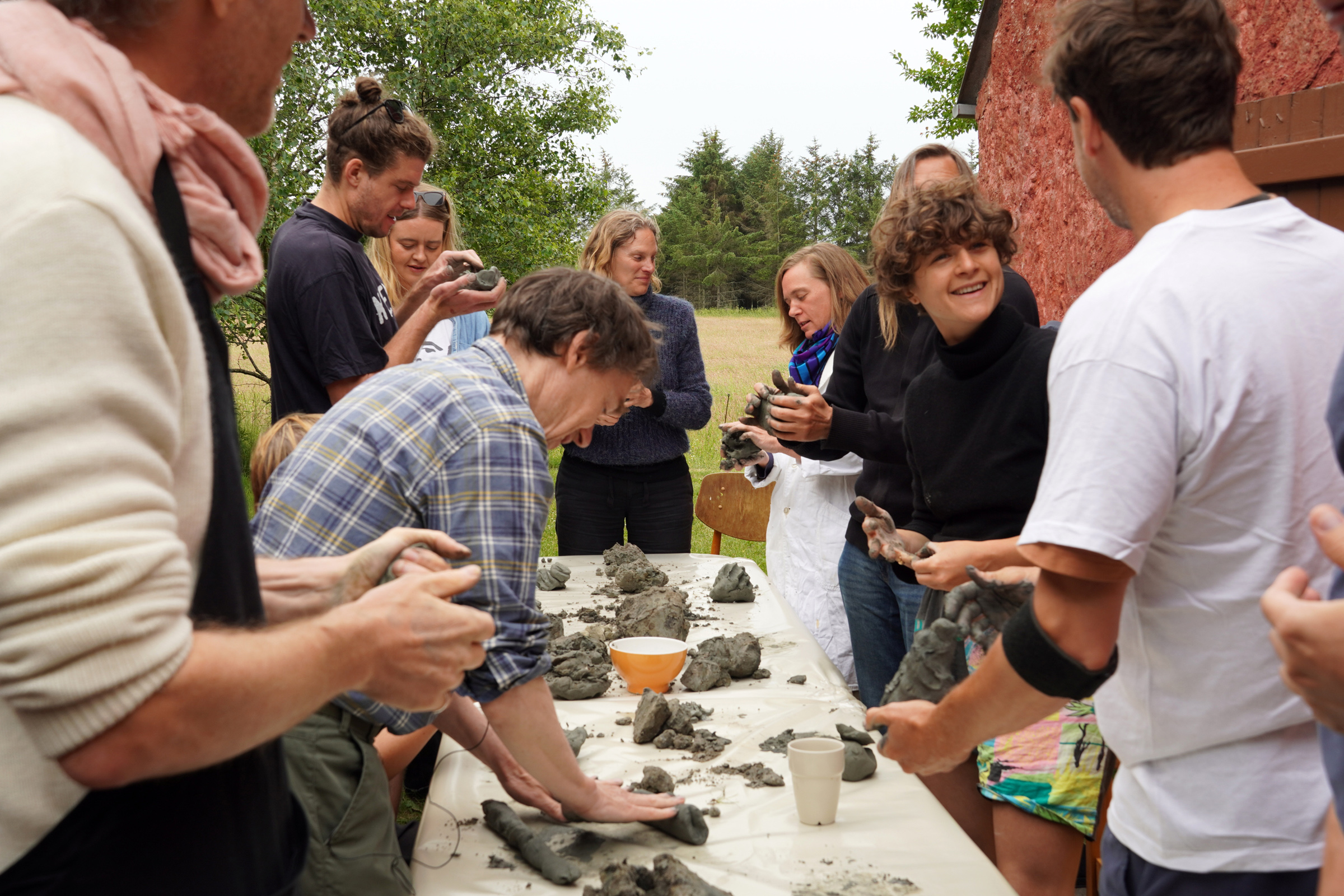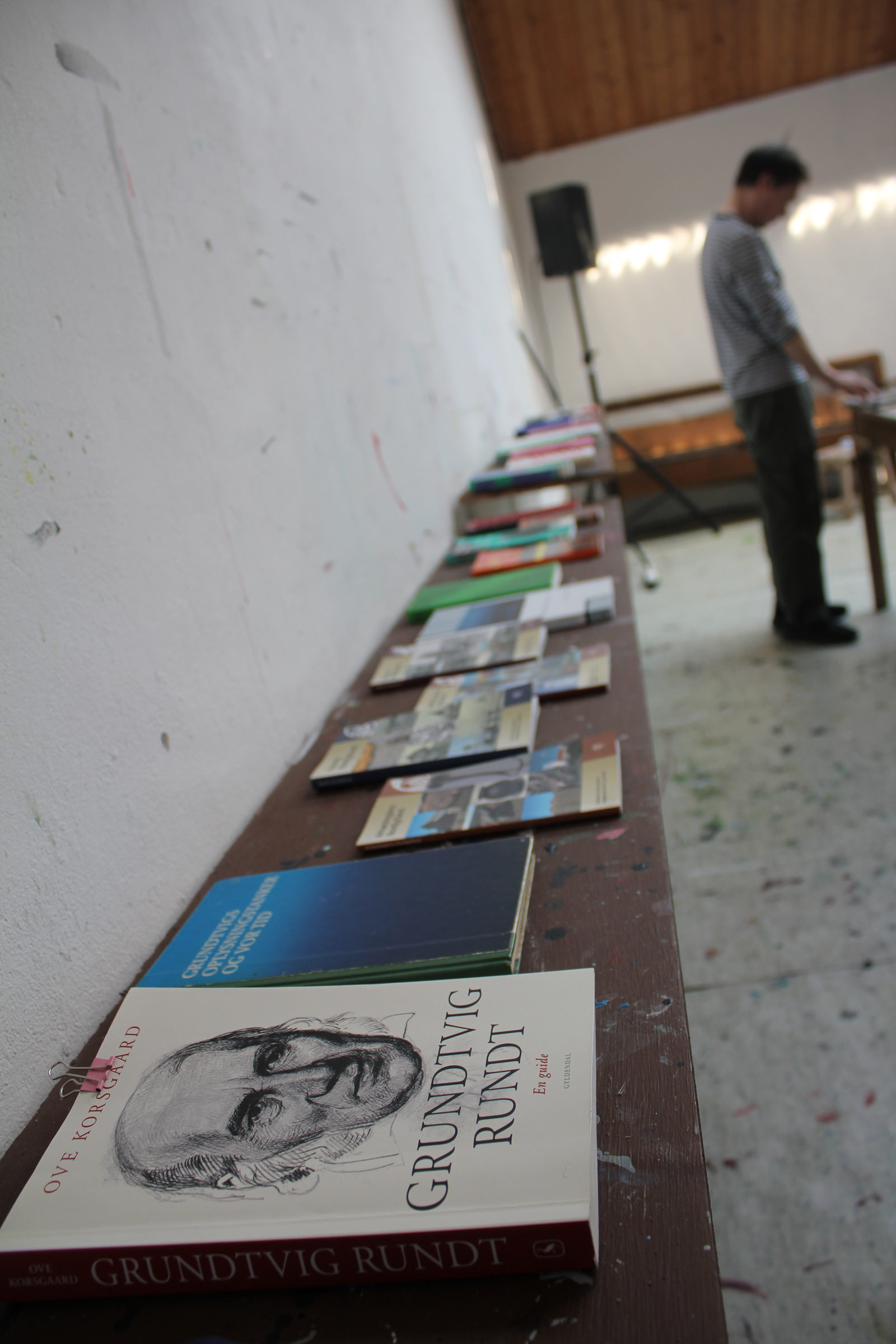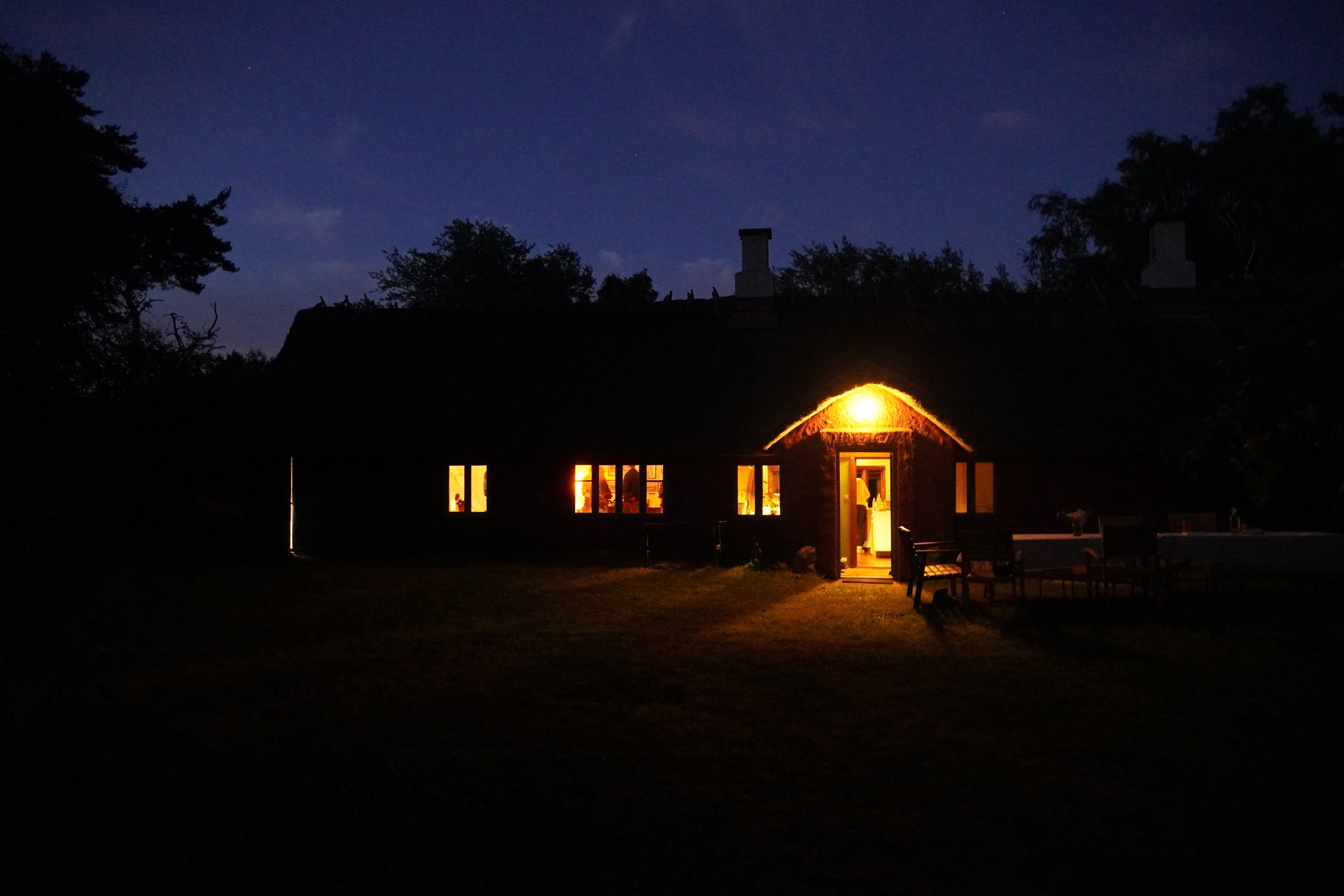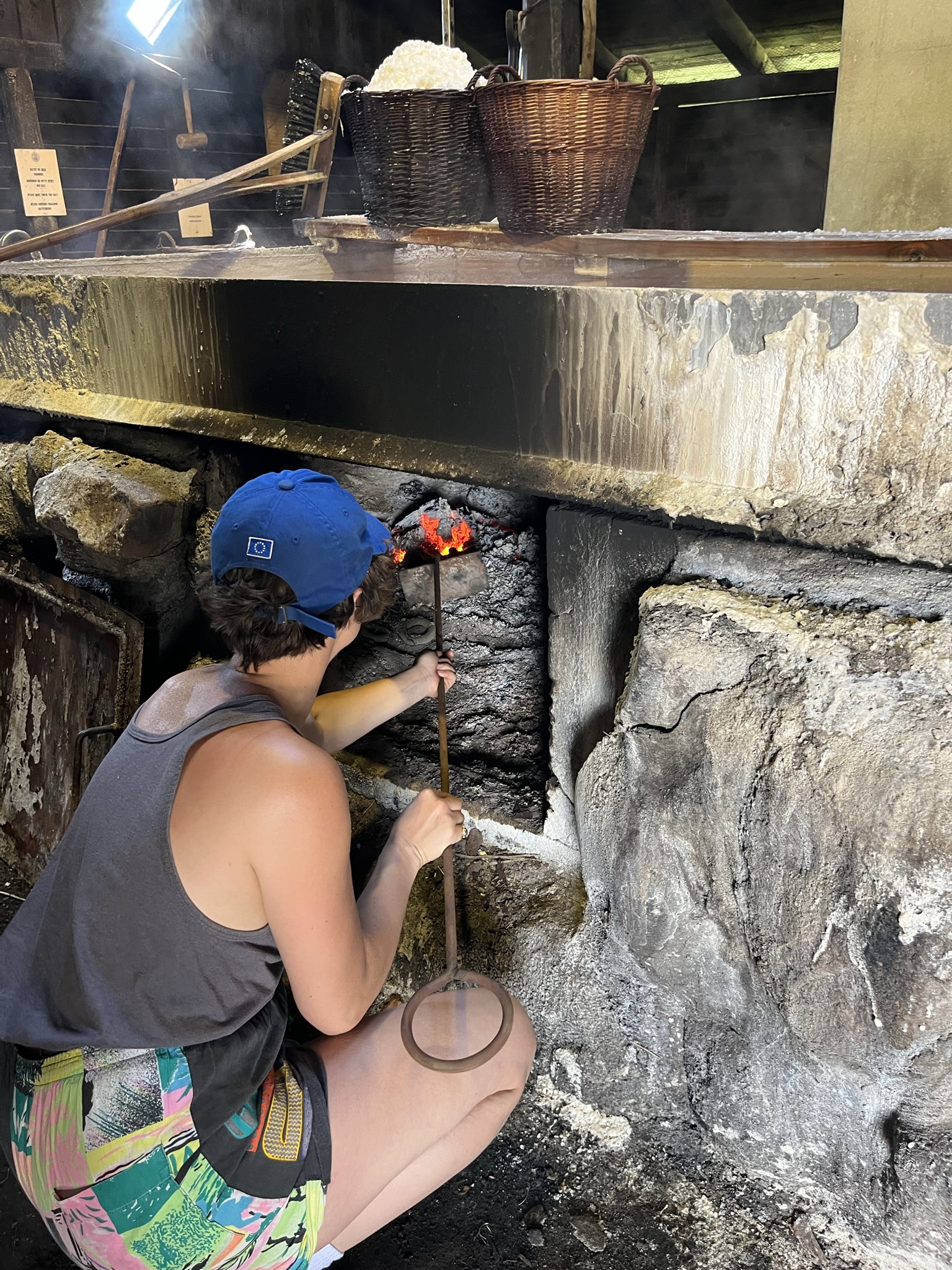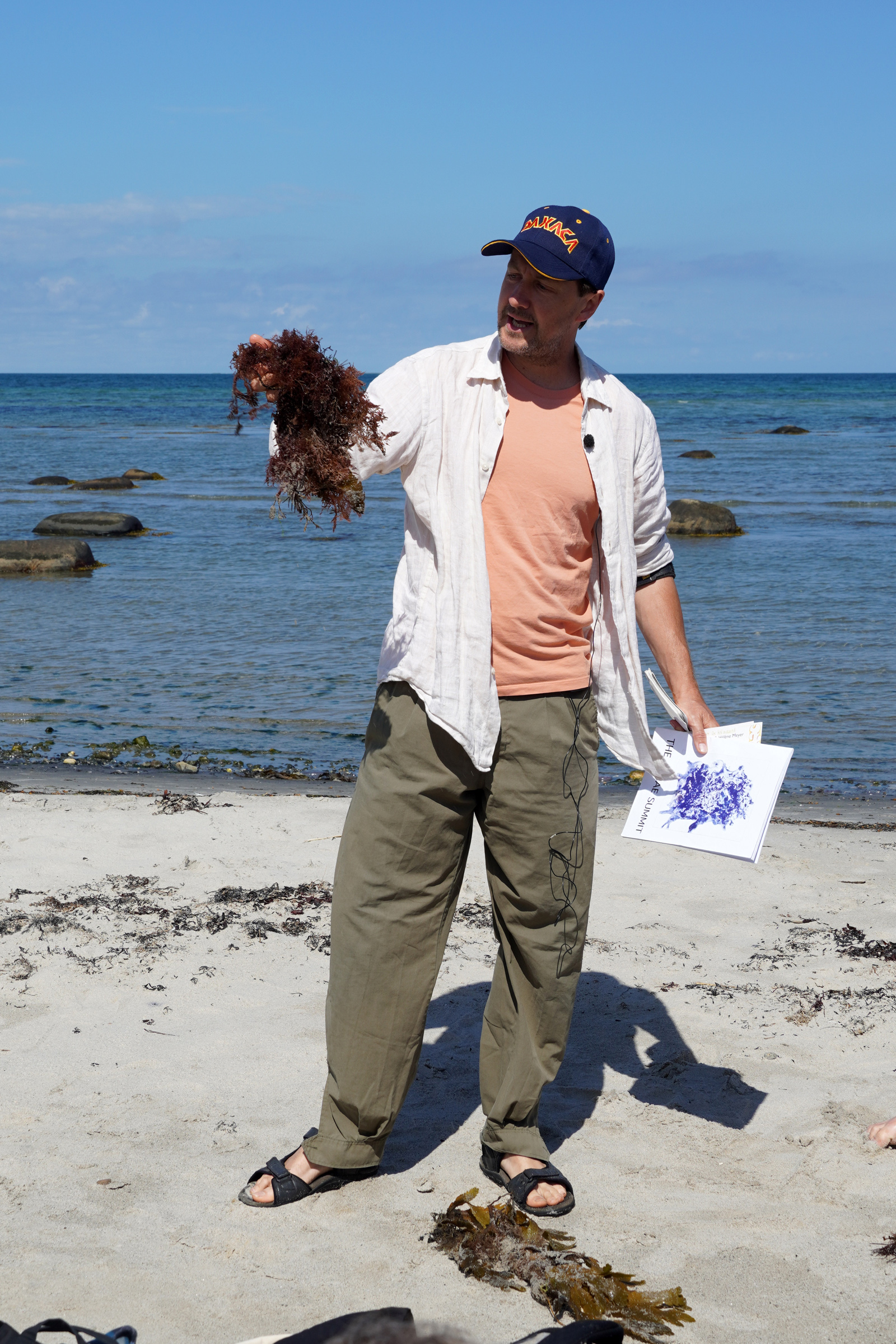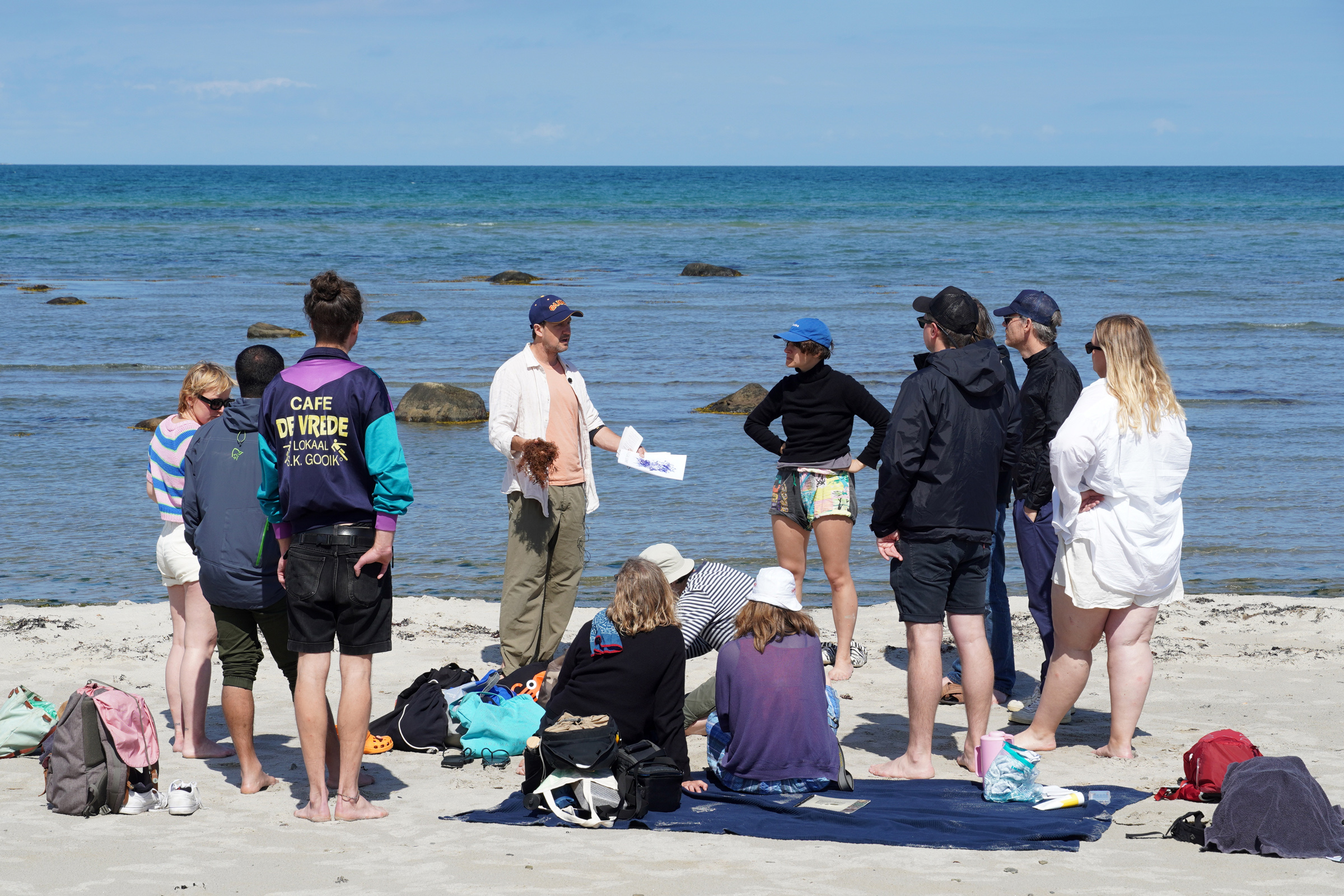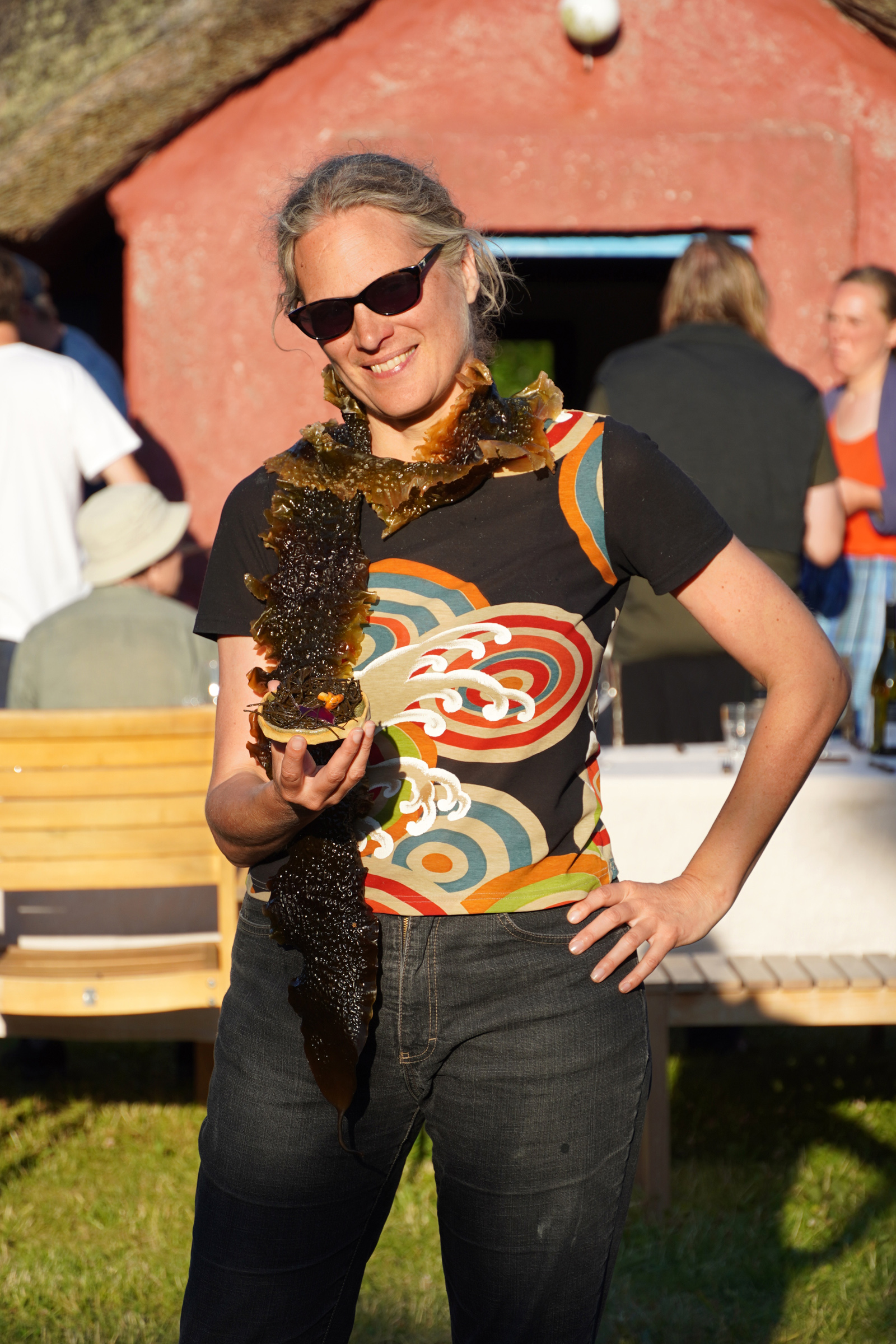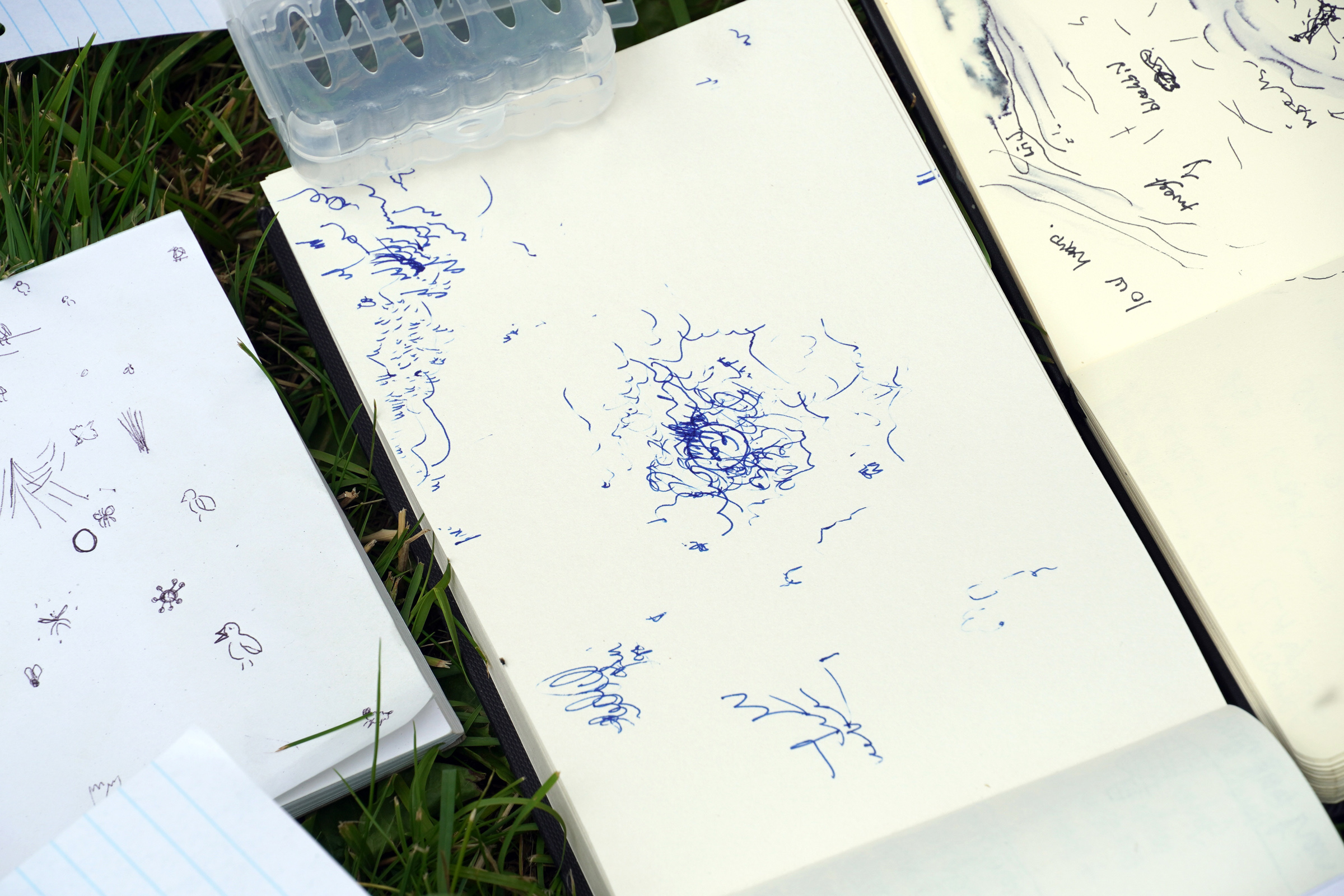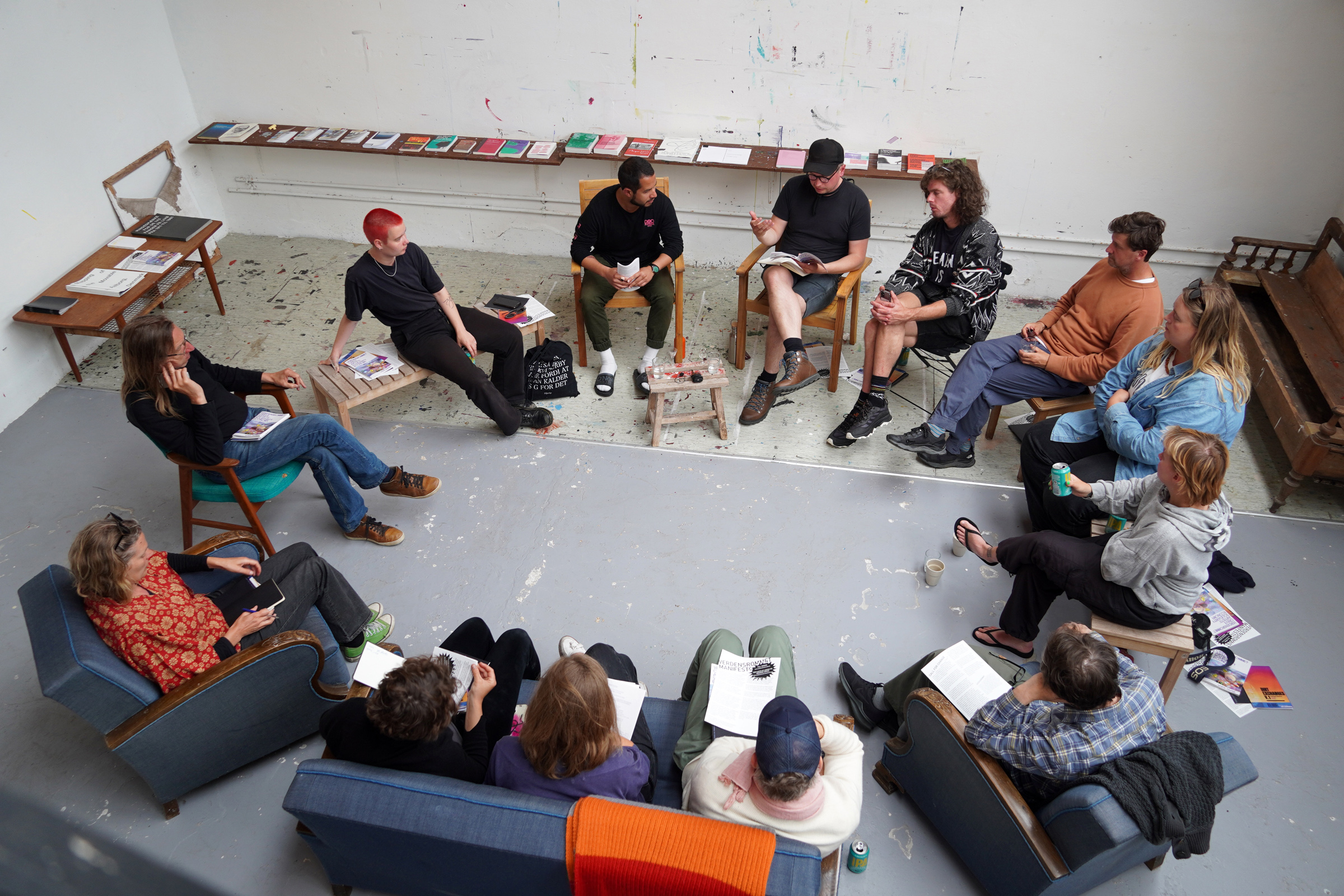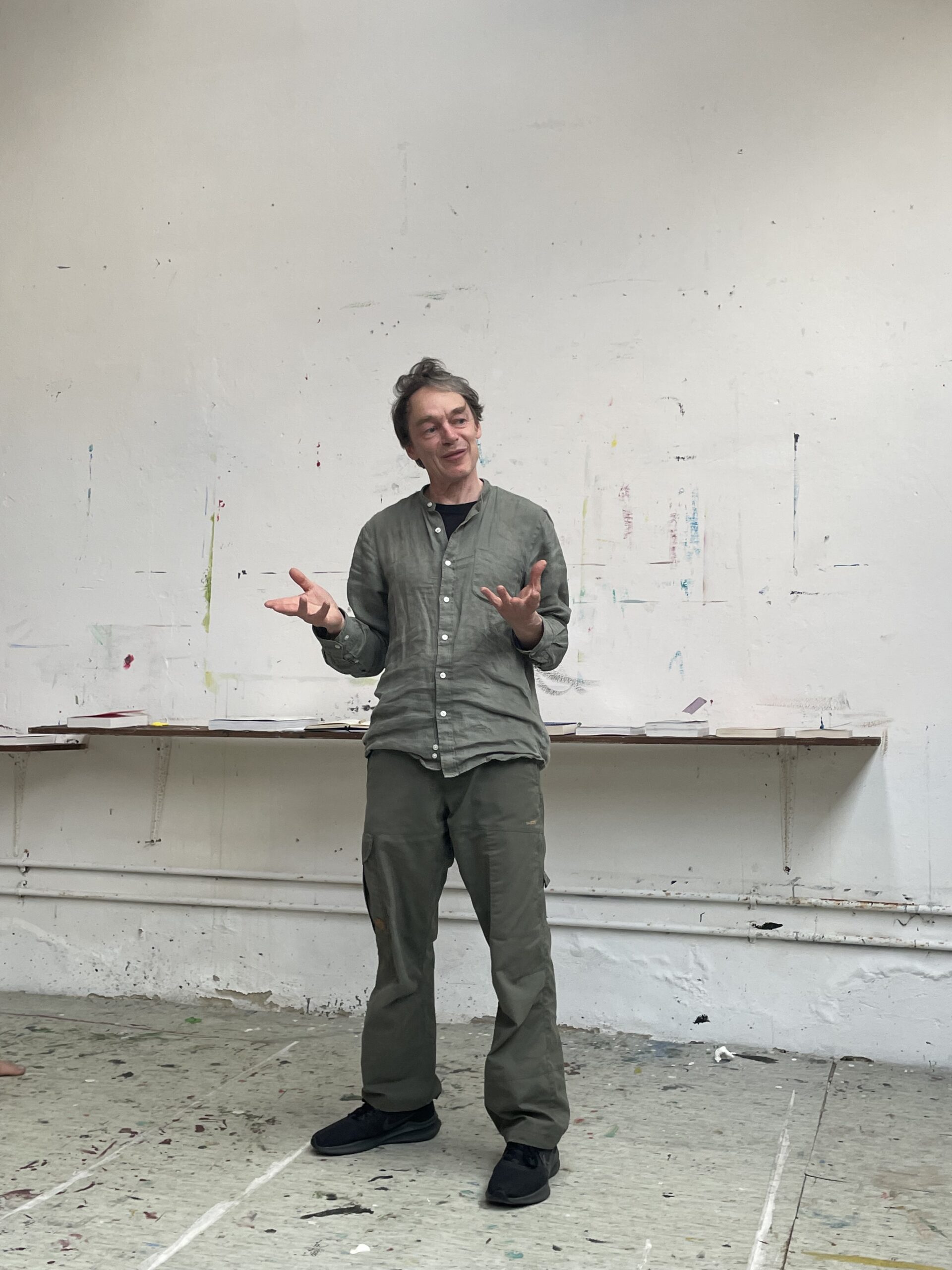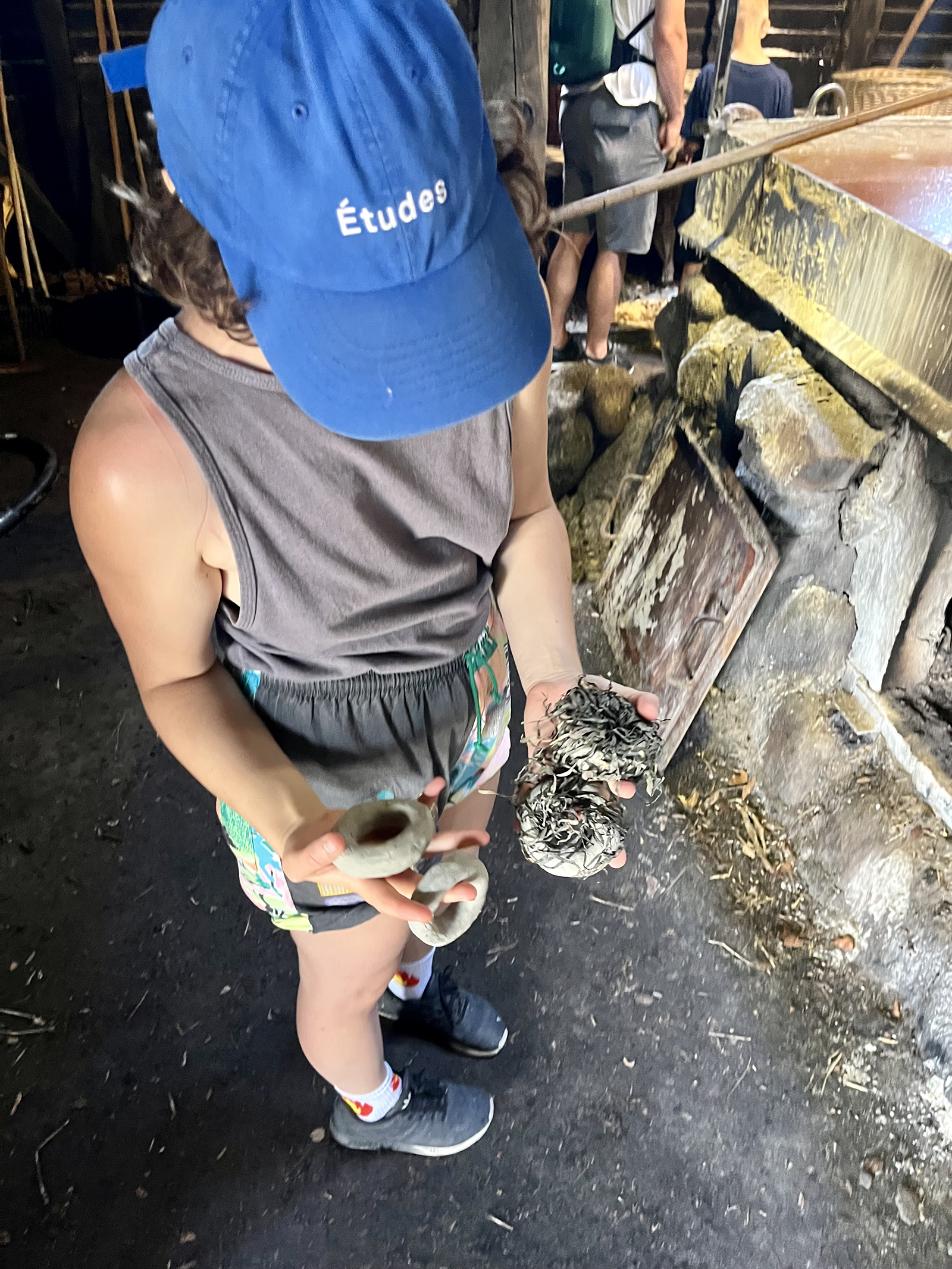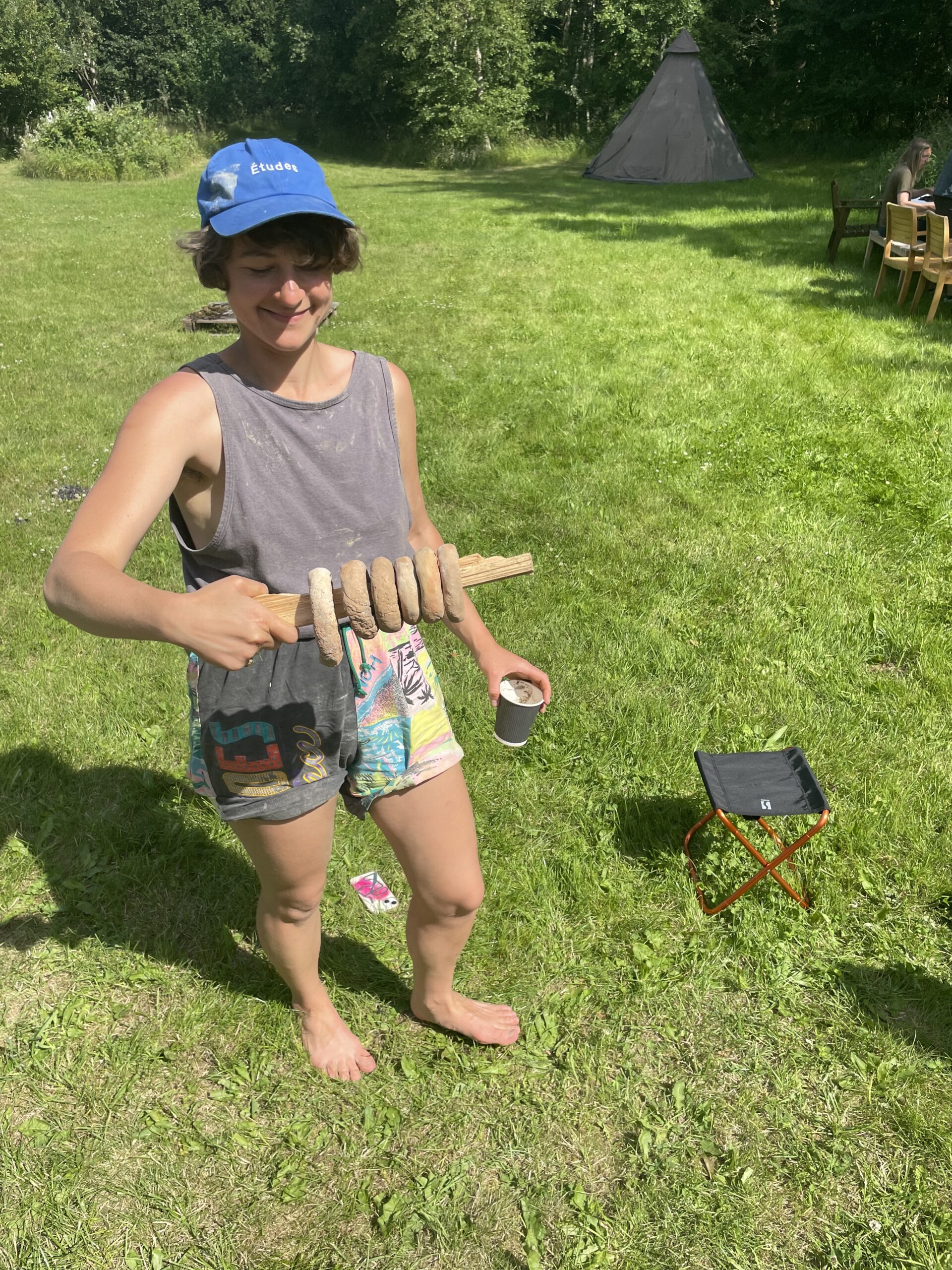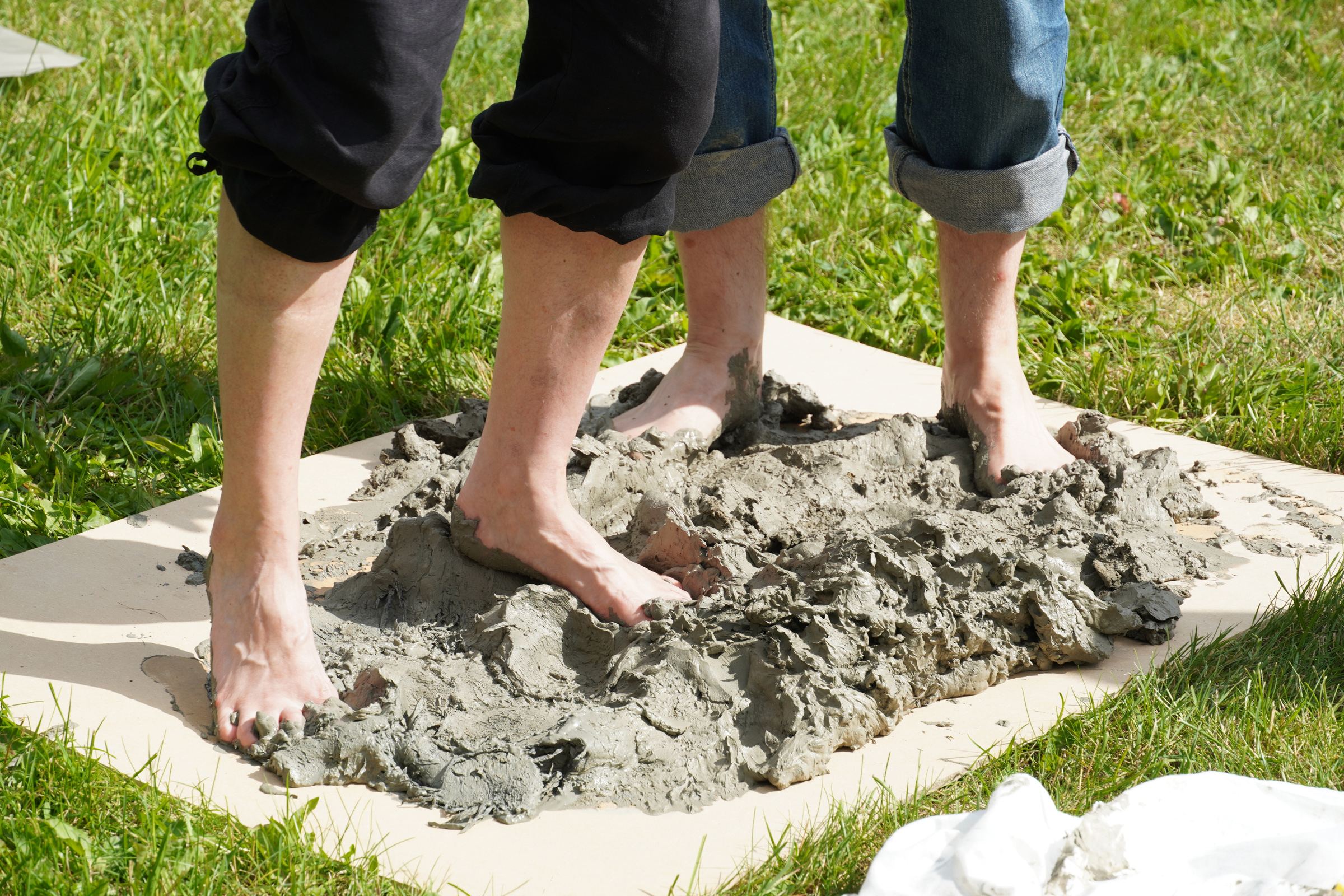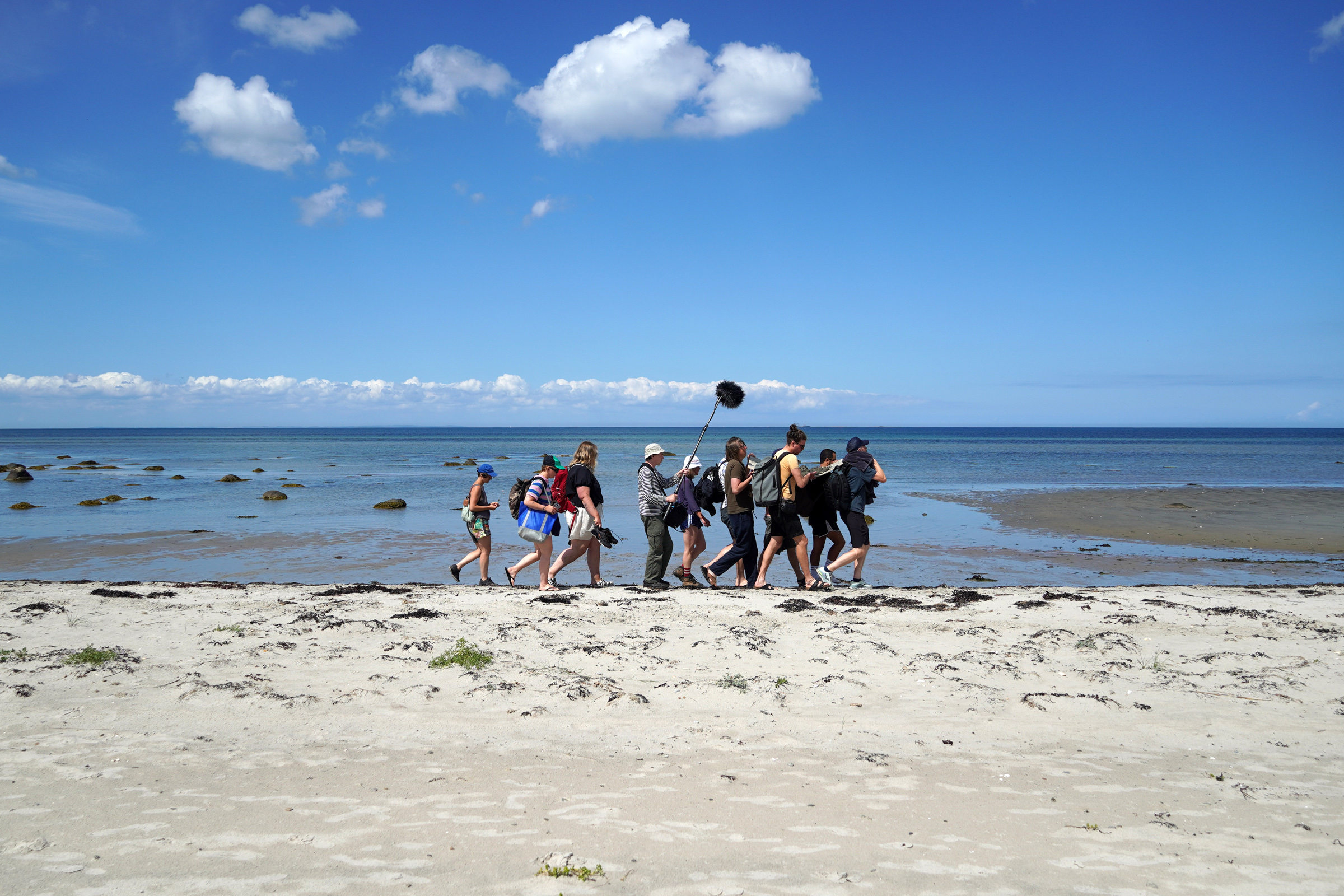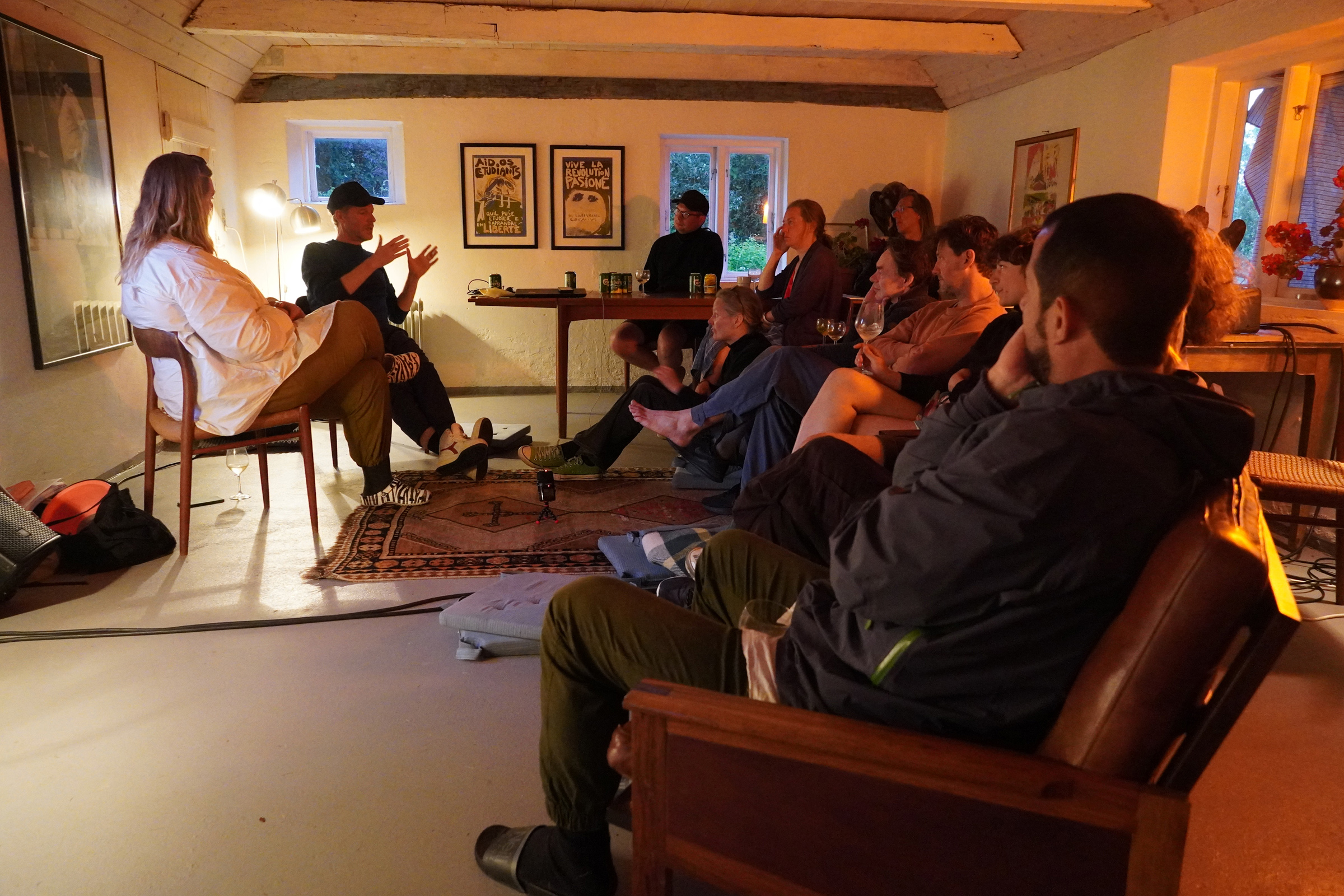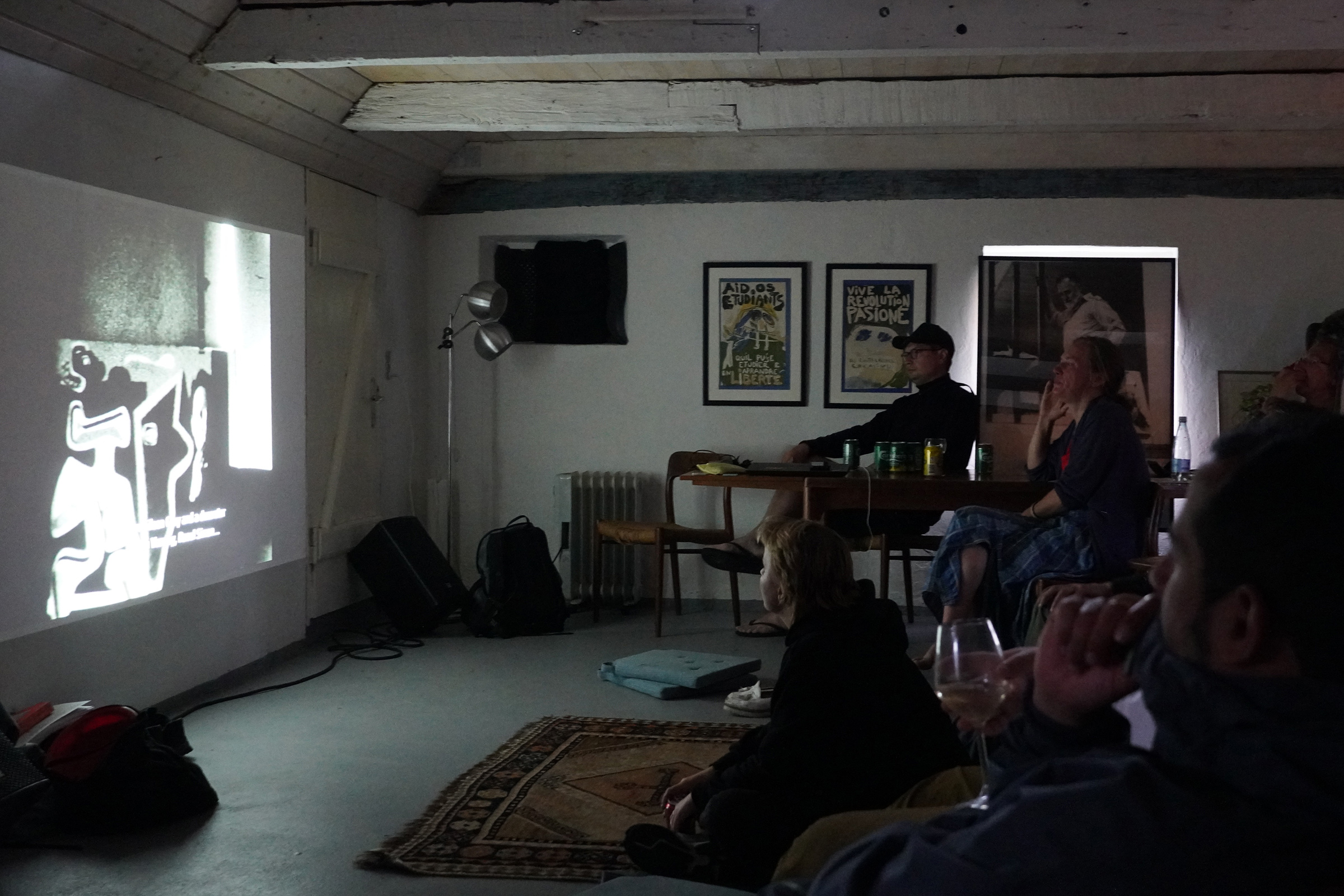A Summer School on Laeso
First of Jubilee’s Summer Schools
Five-day Summer School in the former farmhouse studio of Asger Jorn on the small island of Læsø, Denmark, co-curated by Jubilee, f.eks. (DK) & Skal Contemporary (DK)
25 – 29/06/2022
The programme of this five-day Summer School on the Danish island of Læsø focused on collective research and learning through a series of semi-public events that aimed to strengthen and explore “our ecologies of artistic practices.” Taking inspiration from the convivial history of Asger Jorn’s rural studio and Læsø’s unique natural, cultural, and social resources, the project served as a launching point for fostering new artistic collaborations and long- term alliances.
Through collective workshops, walks, screenings, talks and concerts, the Summer School aimed to develop ideas around artistic self-organization and alternative pedagogies, and link cooperative models and commoning with broader issues related to changing ecological, social, and economic conditions in daily life and across society at large.
The Summer School was organised in partnership with Skal Contemporary, f.eks. and Jubilee. All of us sharing a mission as self-organized independent art initiatives, we develop research-based, transdisciplinary practices focusing on process and interaction.
Our five-day Summer School took place at the former farmhouse studio of Asger Jorn on the island of Læsø. Asger Jorn always tried to bring art and life closer together. The element of play was central to his work and thinking. His practice was very focused on collaborating with other artists. He initiated a number of collective art movements, for which his studios often became the physical setting – which was also the case for his farmhouse studio on Læsø. The general principles of the Situationist International, which he co-founded with a.o. Guy Debord, were an attack on capitalist exploitation and the degradation of daily life. They saw a revolutionary potential in alternative life experiences, situational constructions, unitary urbanism, psycho-geography, in unison with play, freedom, walking, and critical thinking. Jorn was also very interested in Norse mythology in which Læsø plays an important part. Especially the figure of the trickster Loki, a disruptive mythological character has inspired Jorn’s art practice. For 10,000 Years of Nordic Folk Art, he assembled research and documentation for his Scandinavian Institute for Comparative Vandalism (SICV, 1961–65).
In the spirit of Asger Jorn’s international collaborations, the Summer School invited organizations and artists from Belgium, Denmark, the Netherlands, Norway, Peru and Italy. This international group of artists and thinkers worked in close collaboration on Læsø with local agents, historians, organizers, artists and researchers.
Next to Asger Jorn’s experimental and radical approach to art and life, the Summer School delved into the pedagogical ideas of the Danish pastor, author, poet, philosopher, historian, teacher and politician, Nikolai Frederick Grundtvig (1783-1872), and the anarchist de-schooling ideas of the Brussels-based French geographer Élisée Reclus (1830-1905). In line with their ideas of situated knowledge, co-operation, mutualism, emancipation and citizenship, and according to their conviction that the best learning happens ‘through the soles of our feet’, the Summer School on Læsø consisted of on-site presentations, walks and workshops which focussed on the cultural and natural common resources of the island, and how these are governed. The island had and still has a small artistic community, and a particular way to harvest and use salt and seaweed, precious resources that condition until today daily life on the island. The invited artists and participants to the Summer School put into practice Reclus’ and Grundvig’s embodied pedagogical approach by using these resources in their workshops and walks to transform our way of thinking, discussing and collaborating.
Summer School Program
Saturday June 25th
# Visit to the artists in residence at Per Kirkeby’s former house and studio on Læsø.
In 1964 Jorn had bought an old farmstead on the island of Læsø from a fellow traveller on the train. The house would only be ready for use in 1968. Until then Albisola in Italy remained Jorn’s main working place, and he used the studio on Læsø during summer to meet with fellow artists, family and friends. After Jorn’s dead the farmhouse fell to ruins. Today Jorn’s house on Læsø is privately owned. There are plans to make Jorn’s house into an artist residency. Through the years a small art community developed on Læsø. Jorn’s dealer Børge Birch also bought a house on the island, and when Per Kirkeby came to live on the island he transformed a farm with seagrass roof into living spaces and built a new studio next to it, which is now used for artist residencies.
Sunday June 26th
# Introduction by Scott William Raby (f.eks.), Anne Møller Christensen & Sara Løvschall Grøntved (Skal Contemporary), Vermeir & Heiremans (Jubilee)
# Visiting Læsø Saltsyder (salt production site)
Læsø salt is extracted from groundwater since the Middle Ages. Activities had to be stopped in the 17th century after all the trees on the island had been cut for the necessary salt production fires. The historical practice was re-vived as a public limited company, the shares of which are not transferrable. It offers jobs and teaches skills to a local population.
# Presentation of Grundvig and his relation to Nordic Myths
At the salt production site, Grundvig’s view on the figure of the trickster Loki, represented in his work ‘Nordic Mythology’ (1832), was introduced by Leif Birker, a philosopher, historian and writer based on Læsø. Despite the fact that Grundtvig is critical of the selfish tendency in Loki’s concept of freedom he gives the provocative trickster a special place in his work. For Grundvig it is Loki, who with his teasing wit ensures that the battle between differing viewpoints is fought with word and spirit as weapons rather than fists. Grundtvig argues for a freedom that is not only tolerant of divergent thinking but is itself the condition for an exchange of views in a living interplay. According to Grundvig, social education always builds on a certain agreement on the common good. Where this understanding does not exist, the survival of the fittest takes over. For Grundtvig, school becomes a vital institution. It is the historical task of schools to loosen the knot between the individual and the state by other means than force.
See: Reading Room Loki and Grundtvig
# Discussion with Maria Francesca De Tullio
Maria Francesca is a legal scholar and activist based in Naples. On Læsø she introduced her involvement in running L’asilo, an art center in Naples that is operated as a commons. We discussed culture as commons and the development of legal tools that can protect urban commons. We introduced our respective organisations and their modes of operating, and to which extent we could re-organise ourselves as cooperatives or commons. Furthermore we discussed how we can build an international partnership, a more distributive way of governance, based on a mutual sharing of resources and ideas.
# Visit to Læsø Museum and a local farm on Læsø
Læsø Museum is a local cultural museum. The museum pays special attention to the singular style of building on Læsø with seaweed roofs as the most characteristic . This exceptional practice of roofing with eelgrass was started as an emergency solution, when the wood on the island was exhausted. Some of these roofs are more then 300 years old. On a local farm we spoke to Henning Johansen who is the expert restoring these types of roofs . The practice and transfer of knowledge has gained some attention. Today the eelgrass is an experimental material for the construction of acoustic and insulation construction panels. At the farm we were allowed to dig out local clay from the pond and gathering 300 year old eelgrass recuperated from old roofs as resources for our Summer School workshops.
Monday, June 27th
# Workshop by Clementine Vaultier, a French artist based in Brussels. In her work she is focusing on containers of warmth and heat as part of an expanded ceramic practice. Clementine organised a workshop with clay as a tool to develop other ways of thinking, collaborating. As an embodied practice her clay workshop was inspired by Elisée Reclus’ geography teachings. He promoted gathering and working with clay as a mapping tool to get to know the landscape based on experience rather than from abstract learning with 2D maps and books. We worked the clay with hands and feet and created a collective piece that we carried to the seaside on Horneks coast where we returned it to the water on the last day of the Summer School on Læsø.
# Workshop by Filip Van Dingenen, a multidisciplinary Brussels-based artist and co-founder of the Ecole Mondiale. Filip presented the Algae Diplomacy Platform at Horneks coast. In a playful way the Platform for Algae Diplomacy studies seaweed rights and seaweed spirits, develops protocols & prototyping for an Algae Diplomacy, and presents seaweed rituals and algae narratives.
In the workshop the cutting and collecting of algae created resources for food and collective audio workshops.
# Performance by Justin Bennett using sounds generated with salt and seaweed at Asger Jorn’s house, mixed with improvisations inspired by a sound piece created by Asger Jorn & Jean Dubuffet. Their legendary Musique Phénomenale , was originally issued in an edition of 50 copies in 1961. As the main protagonist of the Art Brut movement Dubuffet was interested in music as a creative vehicle and as an experimental practice working with people playing instruments they don’t really know how to use. This is how he came to create Musique Phénomenale with Asger Jorn, a founding member of the avant-garde movement COBRA and the Situationist International.
Tuesday, June 28th
# Sound workshop with Justin Bennett. We did a series of exercises on listening and making sound notations. Together we created a sound piece based on our collective breathing exercises.
# Presentation by Rodrigo Ghattas-Peréz, an artist, organizer, activist and restivist formerly based in Oslo, now in Lima. Rodrigo presented his research and activities on potential practices of wealth distribution in online and offline organisational forms (DAO, DISCO, cooperatives…). As a ‘restivist’ he resists over-production in the arts and wishes to improve economic conditions for artists living abroad.
# Artist conversation with Vincent Meessen and Anne Møller Christensen after a screening of the film Wild Architect (anonymous). The film reflects on Jorn’s and the Situationists practices. A discussion on the contemporary recuperation of Situationists’ and Nashist (Jorn’s brother) actions and strategies followed the screening.
Wednesday, June 29th
# Workshop on self-organisation and distributed cooperative organisations with skal, f.eks. and Jubilee.
# Collective action: returning the clay landscape-sculpture to the beach at Horneks and dissolving the landscape in the sea. Creating a collective breathing sound piece on the beach recorded by Justin Bennett.
# Feedback and conclusions of the Summer School.
June 25th – June 29th
Temporary exhibitions, and a permanent display of Jorn ephemera (materials kindly lent by Jakob Jakobsen).
Summer School Participants
Justin Bennett, Maria Francesca De Tullio, Rodrigo Ghattas-Peréz, Noah Holtegaard, Sara Løvschall Grøntved, Vincent Meessen, Anne Møller Christensen, Rikke Ehlers Nilsson, Scott William Raby, Filip Van Dingenen, Julie van Elslande, Jesse van Winden, Clémentine Vaultier, Vermeir & Heiremans.
With the support of The Danish Arts Foundation, North Denmark Region, Kulturkanten, Ny Carlsbergfondet, and 15. Juni Fonden.
f.eks. is a roaming exhibition platform for contemporary art that seeks to generate critical and speculative dialogues between audiences, artists, and broader publics. f.eks. produces temporary art events that are located in and around the urban spaces of Aalborg and the Northern Jutland region – activating architecture, infrastructure, ecological sites, and public spaces through a series of live art engagements. These include performances, talks, workshops, readings, pop-ups, social installations, screenings, and many other forms of interactive and ephemeral art making.
Skal Contemporary is an exhibition platform for contemporary art in Vendsyssel, Denmark presenting site specific contemporary art projects based on the surroundings and the local spirit: nature, people, and traditions in light of contemporary frameworks and trends. SKAL Contemporary’s artistic projects consist of exhibitions, performances, and socially engaging art projects that all relate to human interaction with our environment and nature in one way or another.
